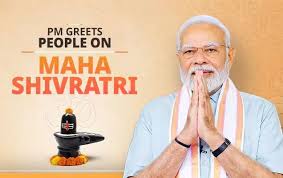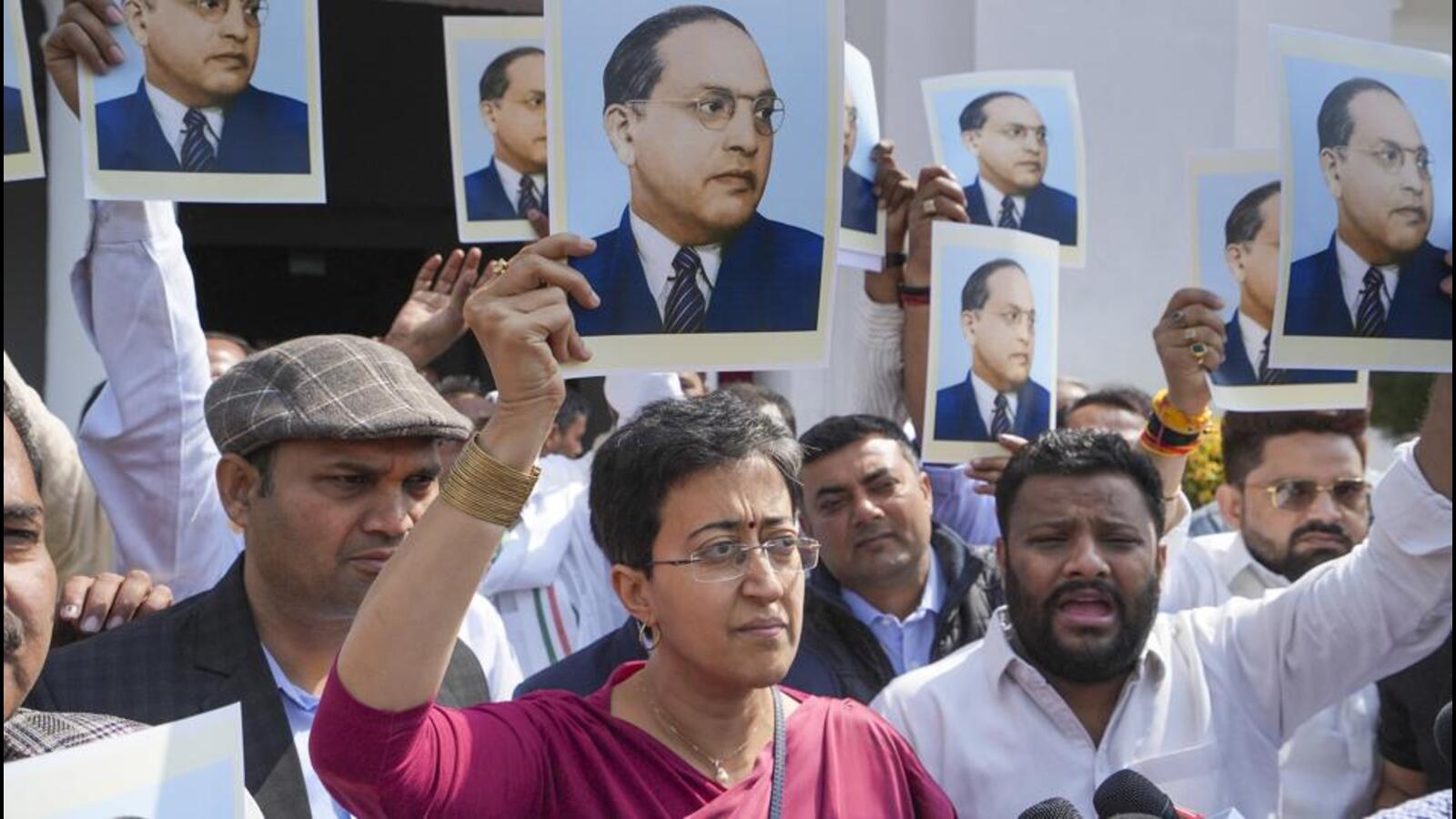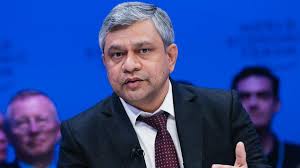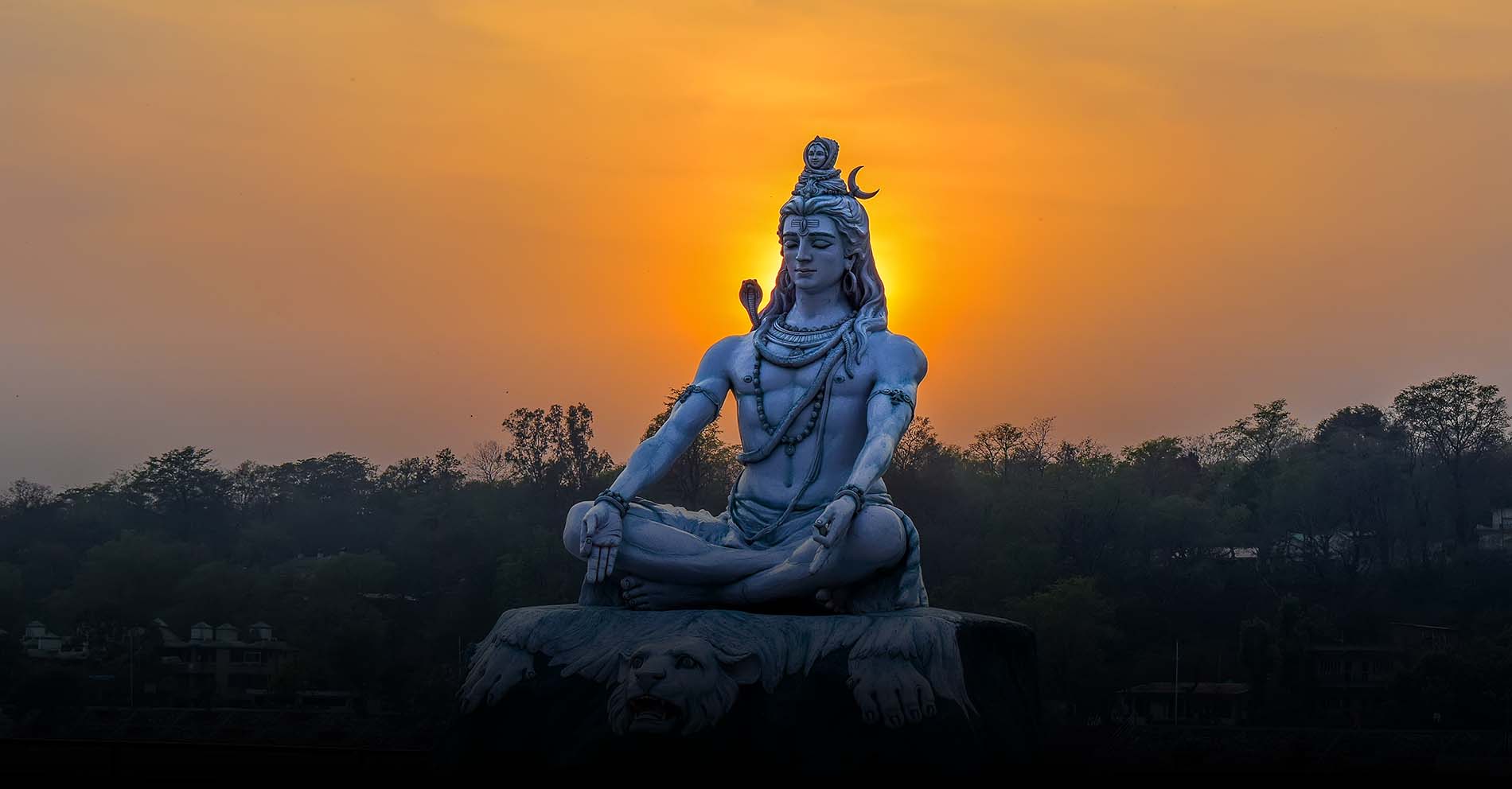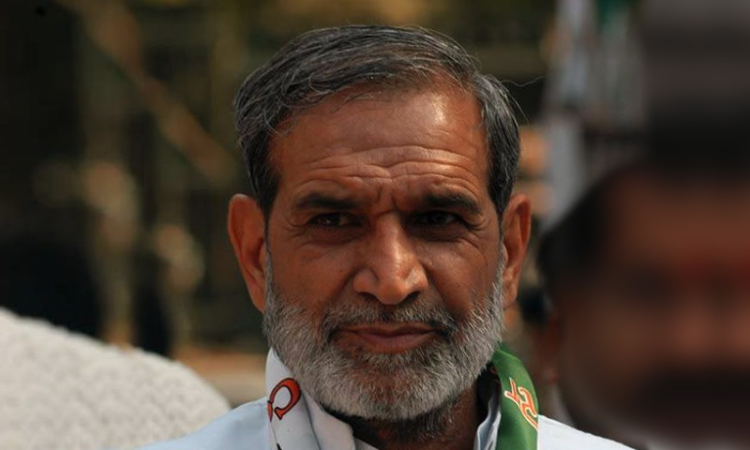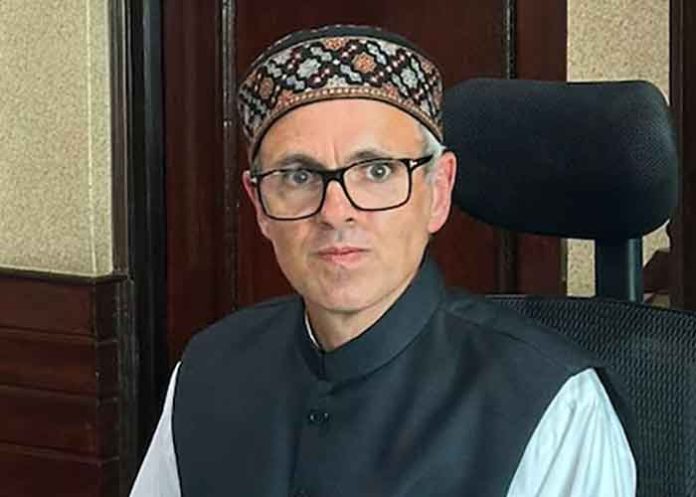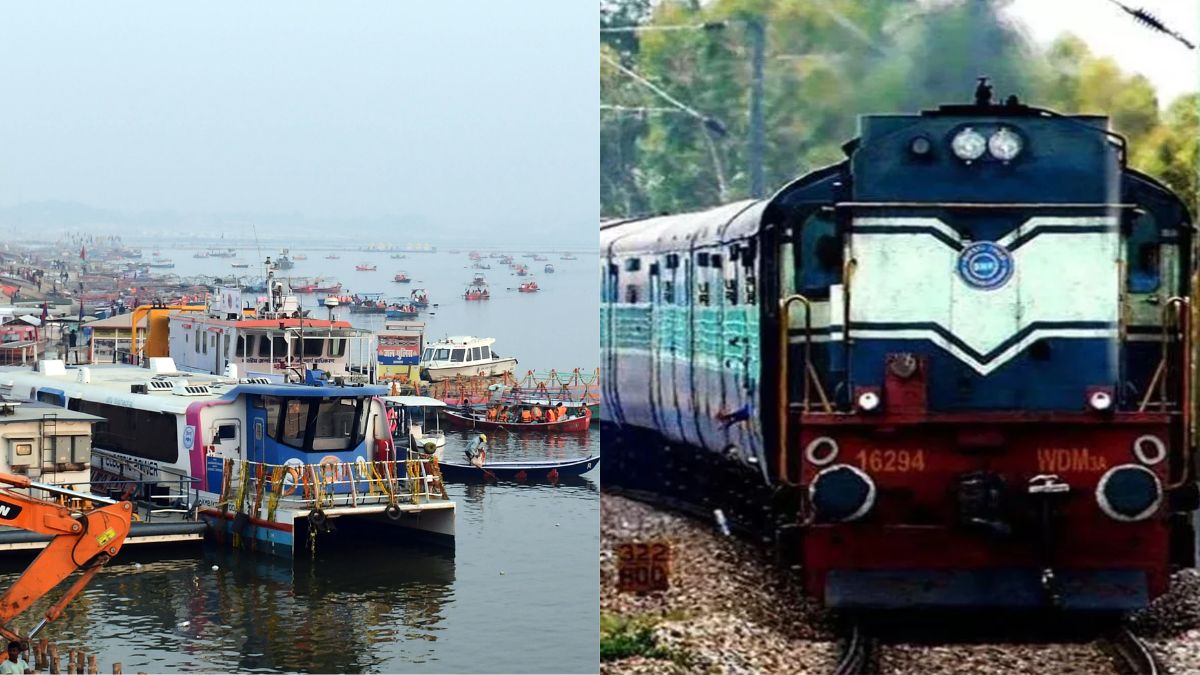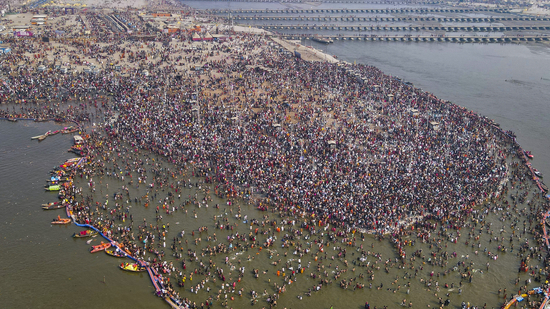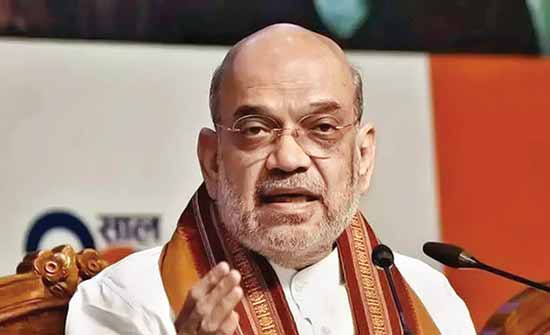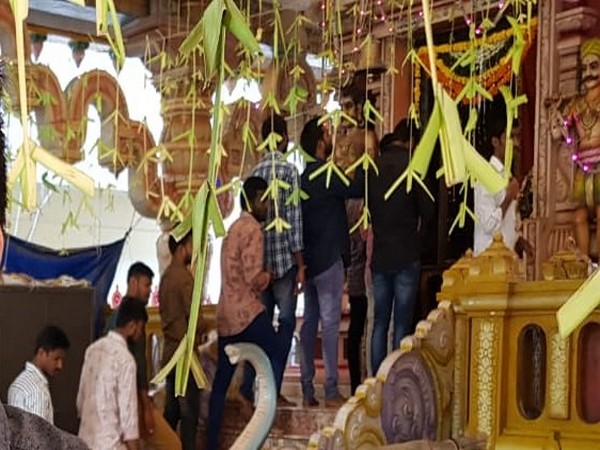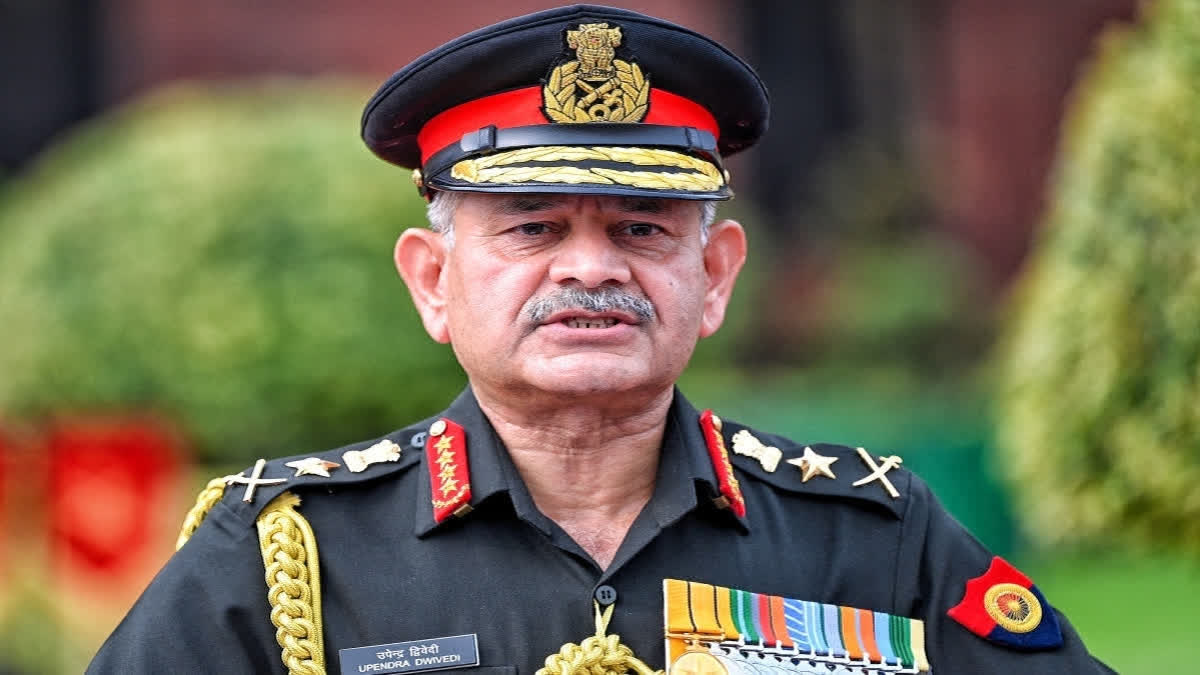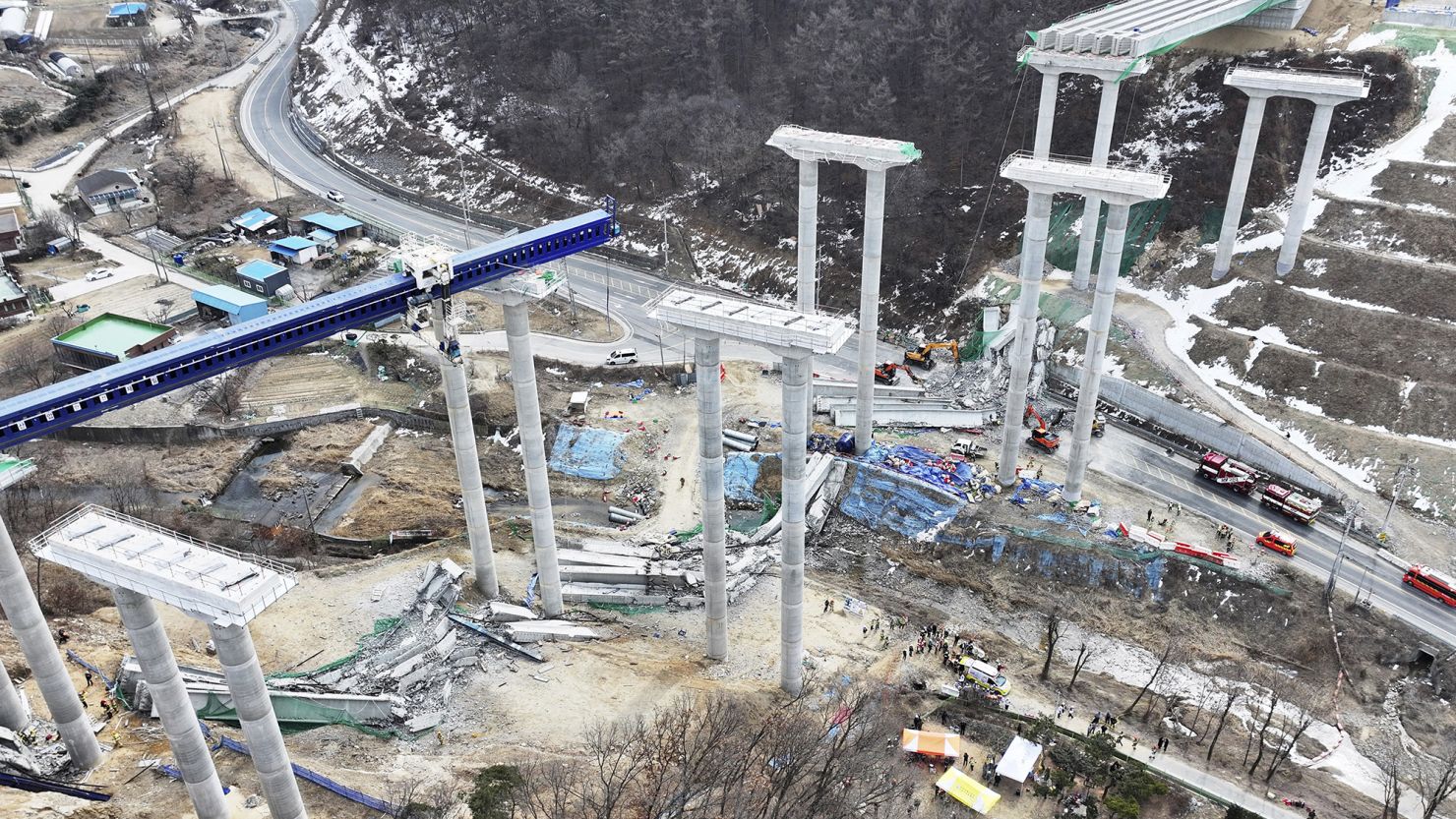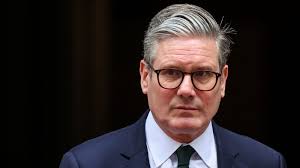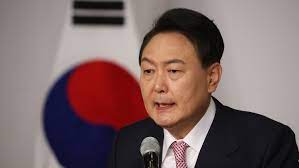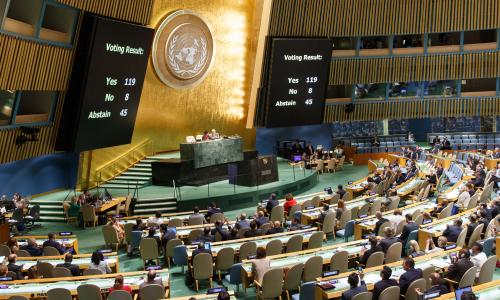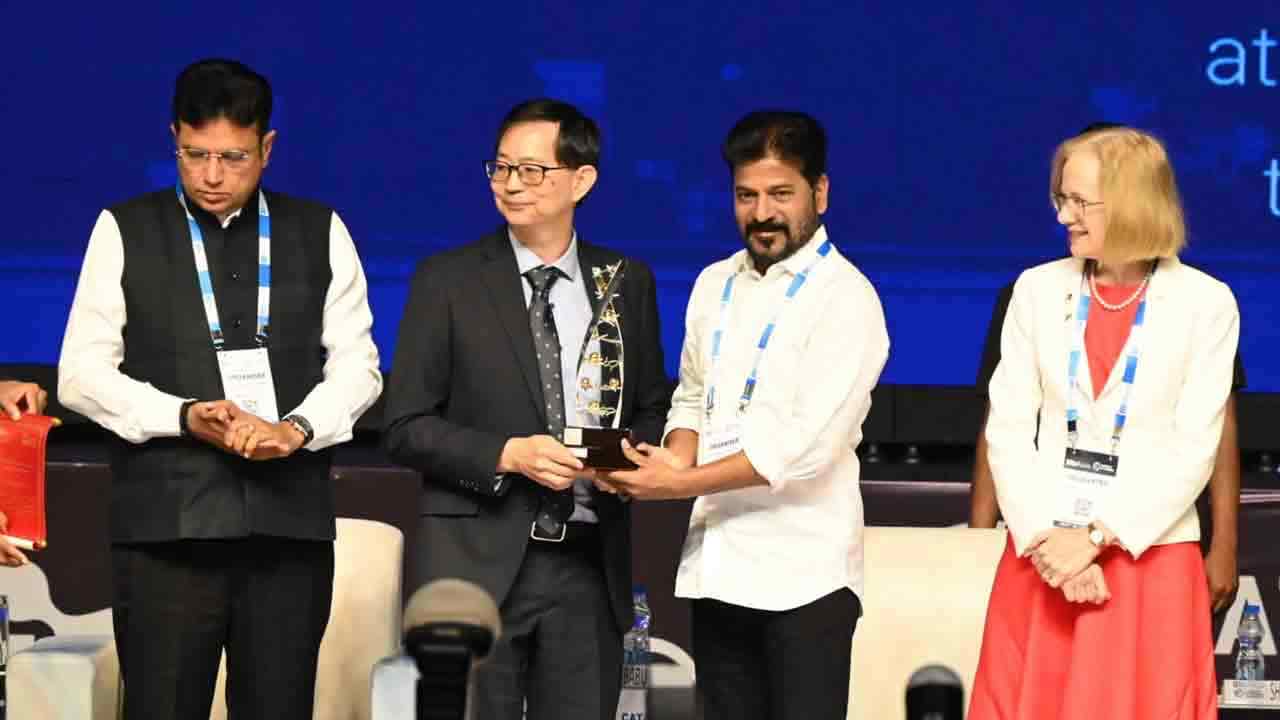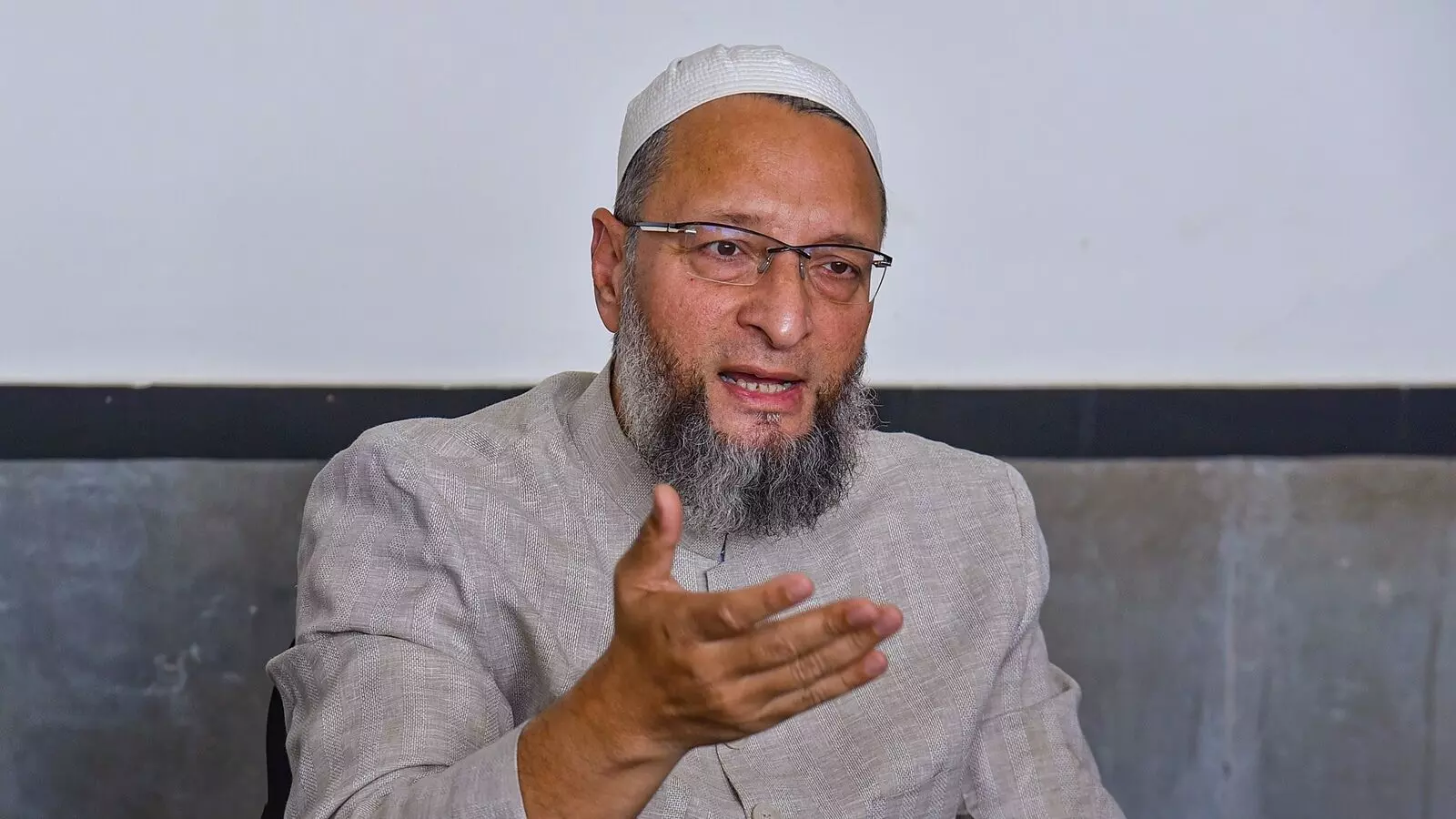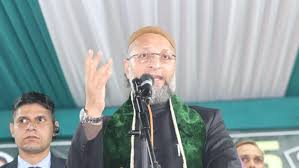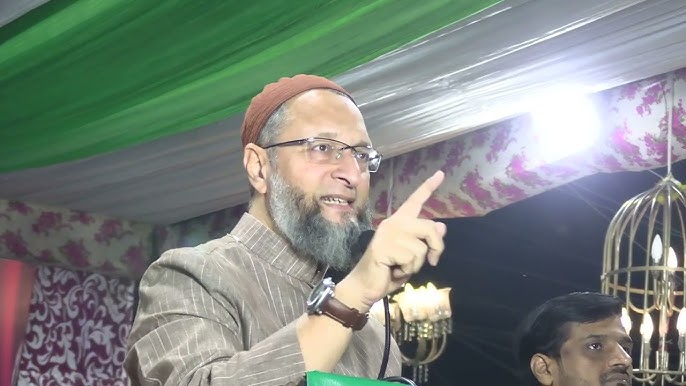Coronavirus Update: All eyes on vaccines as India cases cross 1 million
Fri 17 Jul 2020, 17:58:15
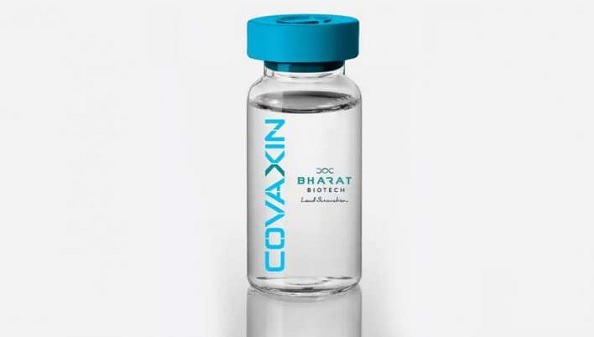
The nation crossed a sombre milestone on Thursday—a million Indians were infected by the coronavirus that is coursing its way through the country. More than 25,000 have perished.
But amid the suffering and fear, there is new hope that things will soon turn around. Vaccine candidates are showing promising results and new treatments are helping patients recover faster.
Low mortality rates, rising recoveries, increase in testing and a boost to investment in health infrastructure have also emerged as a silver lining. While the coronavirus caseload is high at 1,001,508, the bulk of the infections are restricted to a handful of states.
Only two states, Maharashtra and Tamil Nadu, now constitute 48% of the country’s total active caseload, according to the Union health ministry. Just 10 states account for 85% of the total active caseload.
Starting mid-June, when India crossed the 50% mark in the recovery rate, there has been a steady increase in the number of recovered patients. The rate is currently 63.25%.
“The actual caseload of covid-19 patients in the country is only 331,146. They contribute a little more than one-third (34%) of total cases detected so far. The actual caseload of covid-19 has remained limited and manageable in the country," the Union health ministry said in a statement on Thursday.
The health ministry said that the national covid-19 fatality rate is 2.6% and falling. Deaths per million population in India is also among the lowest in the world.
“We have managed to keep the case fatality ratio low, ramped up testing successfully, especially through the use of rapid tests, technology use with telemedicine, put two
Indian made vaccine in clinical trials and became self-sufficient in PPEs (protective gear) and masks," said Lalit Kant, a scientist and former head of epidemiology and communicable diseases at the Indian Council of Medical Research (ICMR).
Indian made vaccine in clinical trials and became self-sufficient in PPEs (protective gear) and masks," said Lalit Kant, a scientist and former head of epidemiology and communicable diseases at the Indian Council of Medical Research (ICMR).
The government claims regulation measures, including house-to-house reviews, border control exercises, contact following and reconnaissance of regulation zones, forceful testing and convenient finding and powerful clinical administration of the moderate and serious cases have considerably expanded odds of recuperation.
"Under 2% of the covid-19 patients are conceded in ICUs," said wellbeing pastor Harsh Vardhan.
Network medication authorities said the legislature should concentrate more on non-clinical mediations and utilize information to contain the pandemic.
“Exclusive reliance on medical measures can provide a false sense of assurance. Neglecting non-medical interventions to tackle the enormously enlarged problem of hunger, housing and other relief has enormously undermined people’s condition, and its impact on covid-19 is not even on the agenda," said Vikas Bajpai, assistant professor, Centre of Social Medicine and Community Health, at Jawaharlal Nehru University.
However, the biggest hope to contain the pandemic rests on two indigenous vaccine candidates that will enter human trials this month. More than 1,000 volunteers are to be enrolled for the process.
India has also used the lockdown to ramp up health infrastructure. The infrastructure to treat covid consists of 1,381 dedicated hospitals, 3,100 healthcare centres and 10,367 covid care centres. They together have a capacity of 46,666 ICU beds.
No Comments For This Post, Be first to write a Comment.
Most viewed from National
Most viewed from World
AIMIM News
Delhi Assembly polls: Owaisi leads Padyatra in Okhla
Feb 01, 2025
We reject this Waqf Amendment Bill: Asaduddin Owaisi
Jan 30, 2025
Latest Urdu News
Most Viewed
May 26, 2020
Which team will win the ICC Men's Champions Trophy 2025 held in Pakistan/Dubai?
Latest Videos View All
Like Us
Home
About Us
Advertise With Us
All Polls
Epaper Archives
Privacy Policy
Contact Us
Download Etemaad App
© 2025 Etemaad Daily News, All Rights Reserved.

